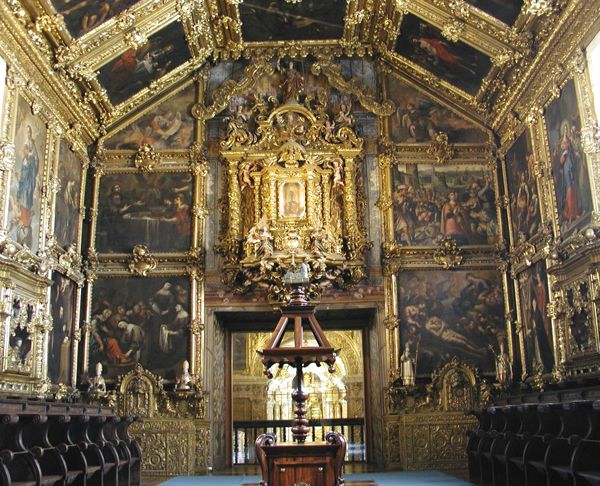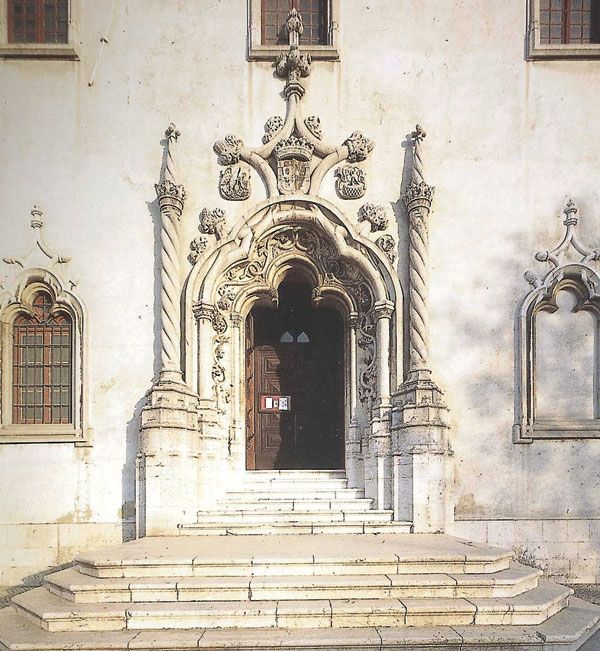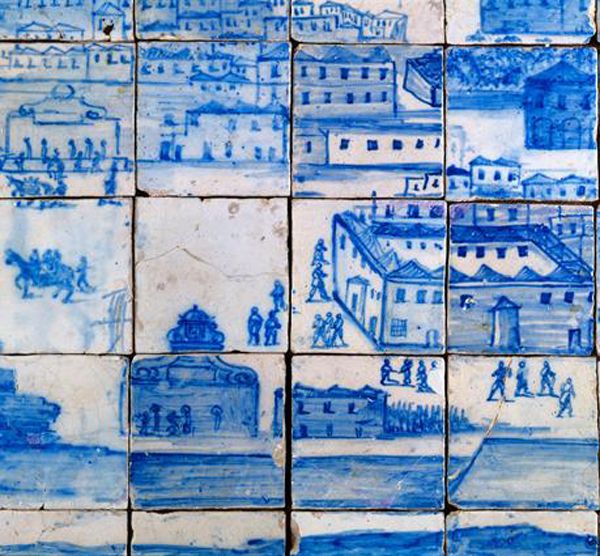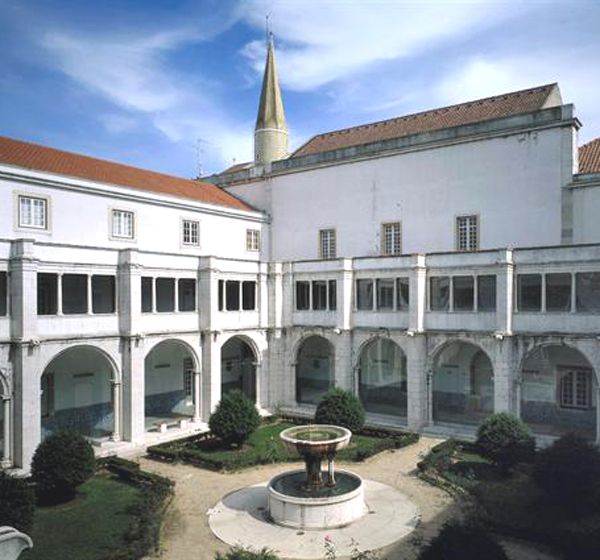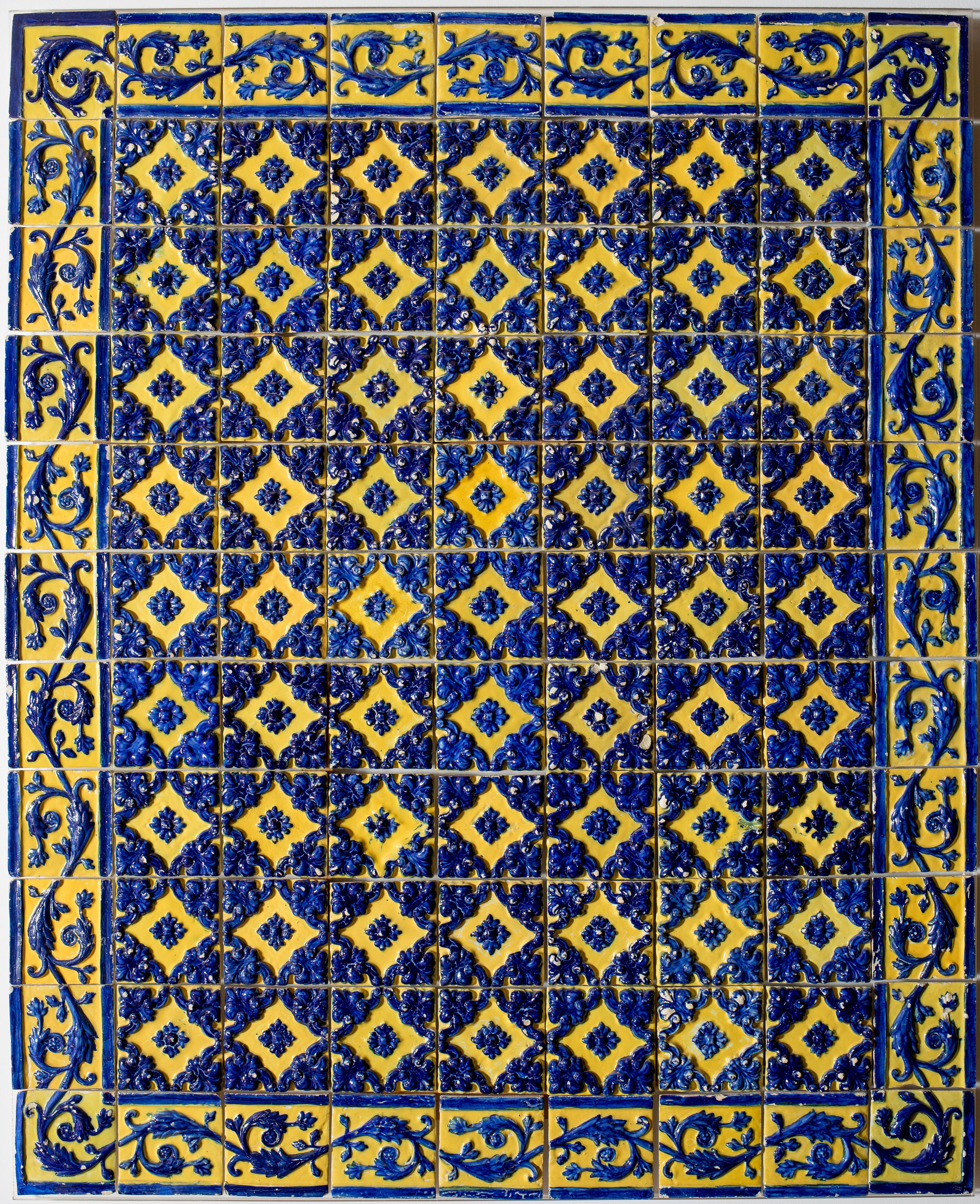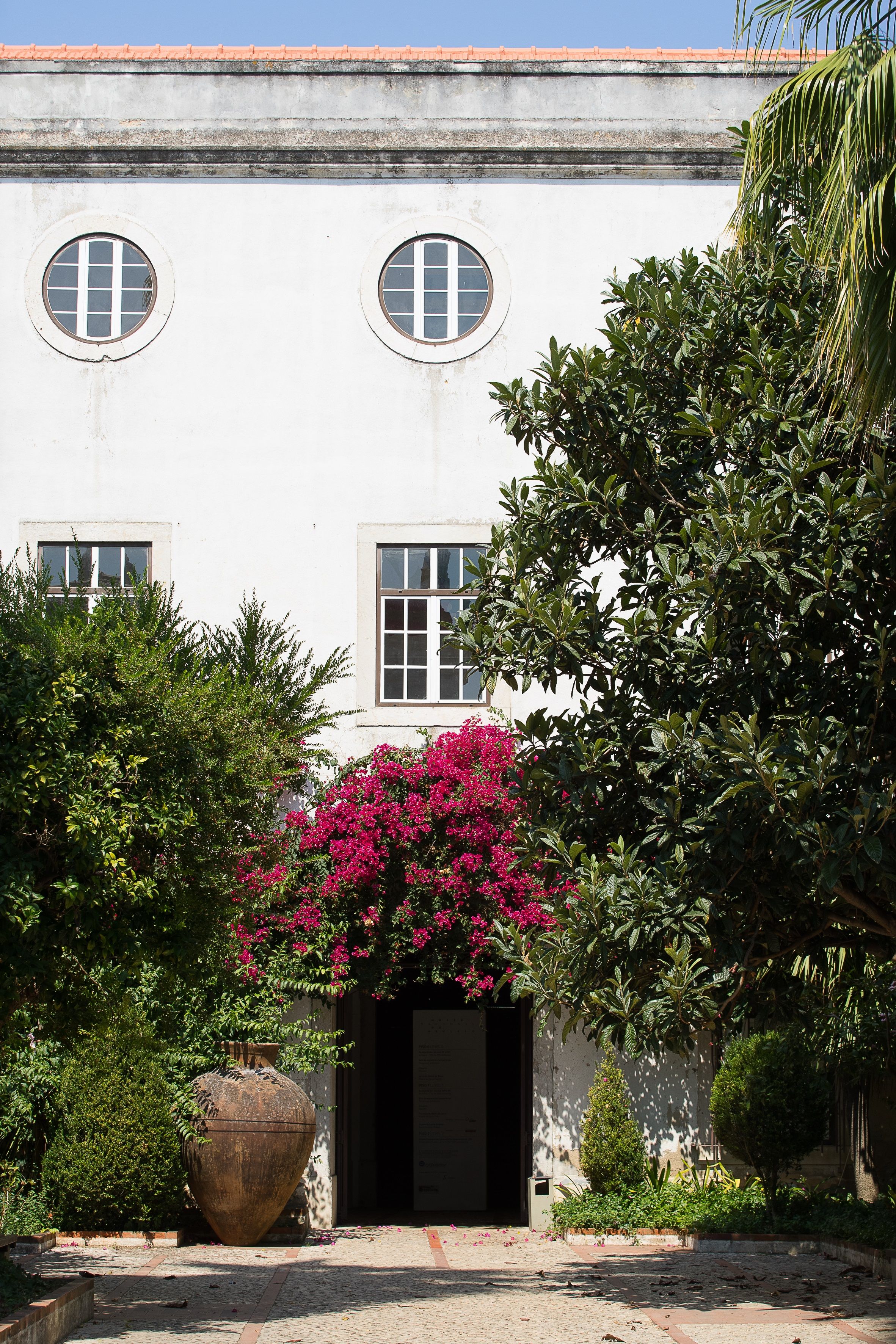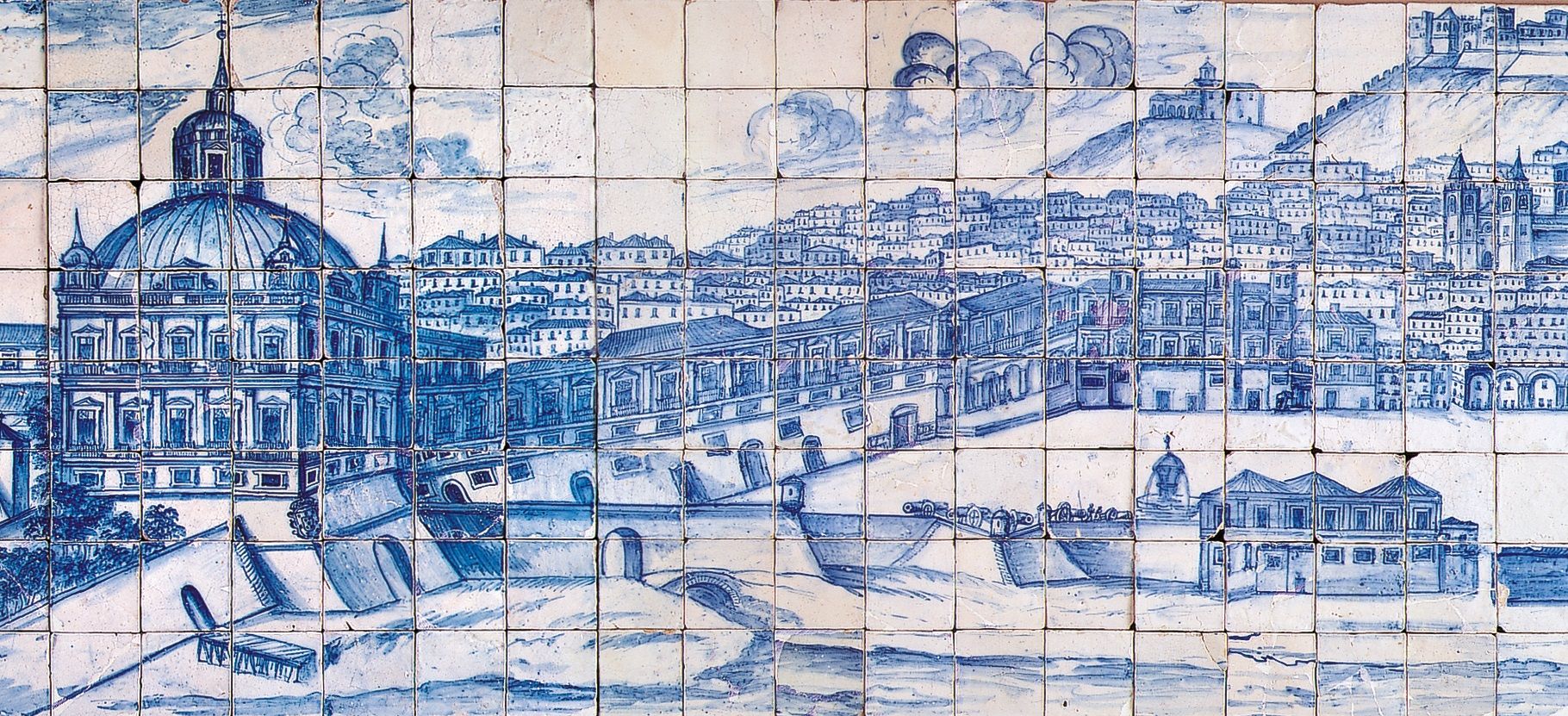Created in 1965, it became the National Tile Museum in 1980 and is housed in the former Convent of Madre de Deus. This museum tells the history of glazed tiles in Portugal, protecting and promoting a truly unique Portuguese artistic expression.
It received the Best Museum World Award in October 2023, during the 7th annual Remarkable Venue Awards organized by Tiqets, an online ticket booking and purchasing platform.
The collection of the National Tile Museum covers the production of glazed tiles from the second half of the 15th century to the present day. In addition to glazed tiles, the collection includes ceramic, porcelain and faïence items from the 16th to 21st centuries. At the start of the permanent exhibition lies a small section showcasing glazed tile materials and manufacturing techniques. After this introduction section, the exhibition is organized chronologically.
The collection holds some of Portugal's "national treasures", such as the Caça ao Leopardo panels from 1650-1655, Cortejo de Galateia com Sileno and Triunfo de Anfitrite and Neptuno from around 1670, História do Chapeleiro António Joaquim Carneiro from around 1800, Dance Class from 1707 by Willem van der Kloet, and the monumental Grande Panorama de Lisboa, attributed to Gabriel del Barco (1649-1703), a Spanish master who portrayed the city before the earthquake of 1755. Also worth mentioning is the Retábulo de Nossa Senhora da Vida (1580), attributed to the Portuguese painter Marçal de Matos, one of the most important items in the history of Portuguese glazed tiles, and Cena da Natividade no Convento da Madre de Deus (c. 1750), by António Ferreira, a prime work of Baroque sculpture in Portugal.
Founded in 1509 by Queen Leonor, the building of the Madre de Deus Convent underwent a number of transformations due to several campaigns of works, in particular in the 16th-century Mannerist cloister; the church, decorated with important paintings and glazed tile coverings; the sacristy, with a wooden archaic from Brazil and carving frames integrating paintings; the high choir, with rich ornamentation in gilded carving; and the chapel of Santo António, with eighteenth-century baroque decoration and a large number of canvases by painter André Gonçalves.
